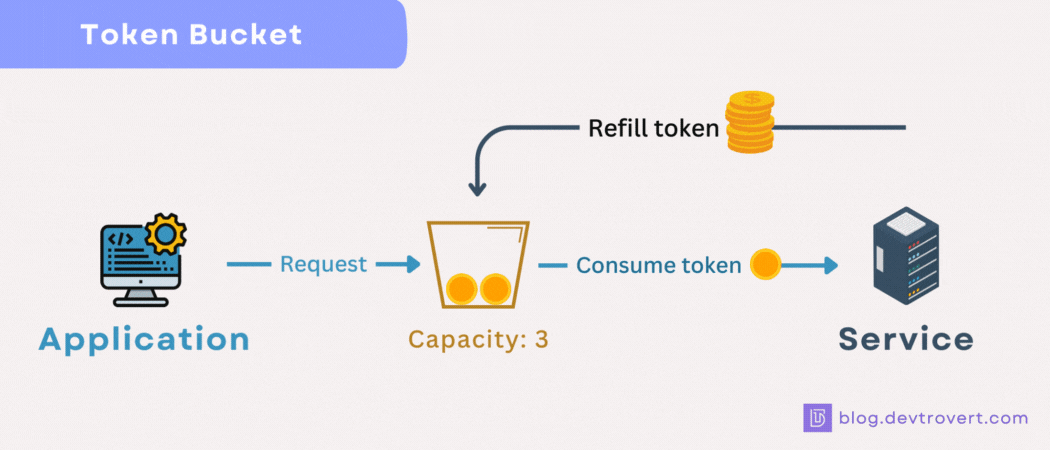The best practices for scheduling crawl rates to protect server resources focus on throttling crawl speed, staggering crawl schedules, and optimizing crawl timing to avoid server overload. Key strategies include:
-
Limit crawl rate and concurrency by setting maximum URLs crawled per second and controlling the number of crawler threads to prevent accidental denial-of-service (CDoS) effects on servers.
-
Stagger crawl schedules across different content sources or time windows to distribute server load evenly and avoid peak usage periods.
-
Schedule crawls during off-peak hours when server demand is low, reducing the impact on server performance.
-
Use crawl scheduling frameworks that consider server performance and page quality, such as crawl-ability metrics that balance crawl efficiency and resource usage.
-
Avoid unnecessary full crawls; prefer incremental or continuous crawls to reduce resource consumption.
-
Respect robots.txt and crawl-delay directives to honor site owner preferences and reduce server strain.
-
Monitor crawl logs and server performance regularly to adjust crawl rates dynamically based on server responsiveness and errors.
-
Optimize site architecture and reduce duplicate or low-value URLs to focus crawl budget on important pages, minimizing wasted server resources.
In summary, protecting server resources during crawling involves careful crawl rate limiting, intelligent scheduling to avoid peak loads, respecting site rules, and optimizing crawl targets to ensure efficient and responsible crawling without overwhelming servers. These practices are supported by both academic research and industry guidelines from Google, Microsoft, and SEO experts.





